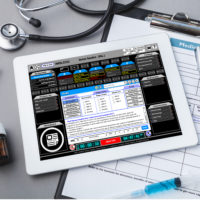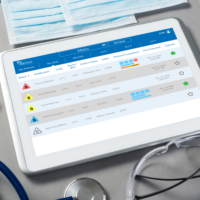

Can an End-to-End Telesepsis Solution Improve the Severe Sepsis and Septic Shock Management Bundle-1 Metrics for Sepsis Patients Admitted From the Emergency Department to the Hospital?
IMPORTANCE: Early detection and treatment for sepsis patients are key components to improving sepsis care delivery and increased The Severe Sepsis and Septic Shock Management Bundle (SEP-1) compliance may correlate with improved outcomes. OBJECTIVES: We assessed the impact of implementing a partially automated end-to-end sepsis solution including electronic medical record-linked automated monitoring, early detection, around-the-clock […]

















